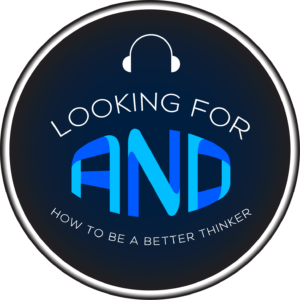by Todd Kashdan & Robert Biswas-Diener
Review by Doug Hensch
Some time in January of 2005, I arrived home from a stressful day at work and an hour’s worth of traffic to find the latest issue of Time magazine in the mail. On it’s cover was a big, yellow smiley face as the issue was dedicated to something called “positive psychology.” I devoured the issue and purchased several books on the subject since I was fascinated by the fact that psychologists were actually studying happiness using the scientific method.
A funny thing happened to me over the next couple of months…my happiness started to drop. I was practicing gratitude all the time and doing my best to live and work in my strengths, among other positive psychology recommendations but it was having the reverse effect.
It wasn’t until years later when speaking with psychologist Todd Kashdan that I heard him say something about NOT making happiness your goal and NOT focusing on being happy all the time. Instead, he recommended, focus on doing something great that has meaning for you…happiness will ultimately find you! This was my first clue that all this attention to positive emotions, mindfulness, strengths and happiness may be robbing us of our effectiveness…

In their latest book, The Upside of Your Dark Side, Kashdan and fellow psychologist Robert Biswas-Diener lay out the case that all this focus on the smiley faces is blinding us to the benefits of anger, narcissism, mindlessness and pessimism, to name a few. At times, it can be hard to read about using anger to get your way or how being intentionally narcissistic can give you an edge with others. But, if you’re open to new perspectives based on research, this book is a must-read.
Let’s start with how happiness can get in the way of effectiveness. Kashdan and Biswas-Diener write, for instance, that higher levels of happiness can lead to one being overly trusting and ignoring the details. It’s not hard to imagine how this could back fire in an important contract negotiation. In addition, the authors cite research that doodling (one of my favorite forms of mindlessness) increases retention of content by students. And, people generally experience more creativity and innovative thoughts while commuting or showering – two additional examples of mindless activities.
What the authors don’t want you to walk away with is the sense that everything we thought was good for us (positive emotions, optimism, mindfulness, etc.) is actually bad for us. They recommend taking the stance that every emotion is either useful or not useful, depending on the context in which you find yourself. Imagine for a second, they argue, if civil rights leaders didn’t have at least a touch of anger? Or, envision a world where we did not get embarrassed when we act outside of the social norms of our group? We would be much less effective.



